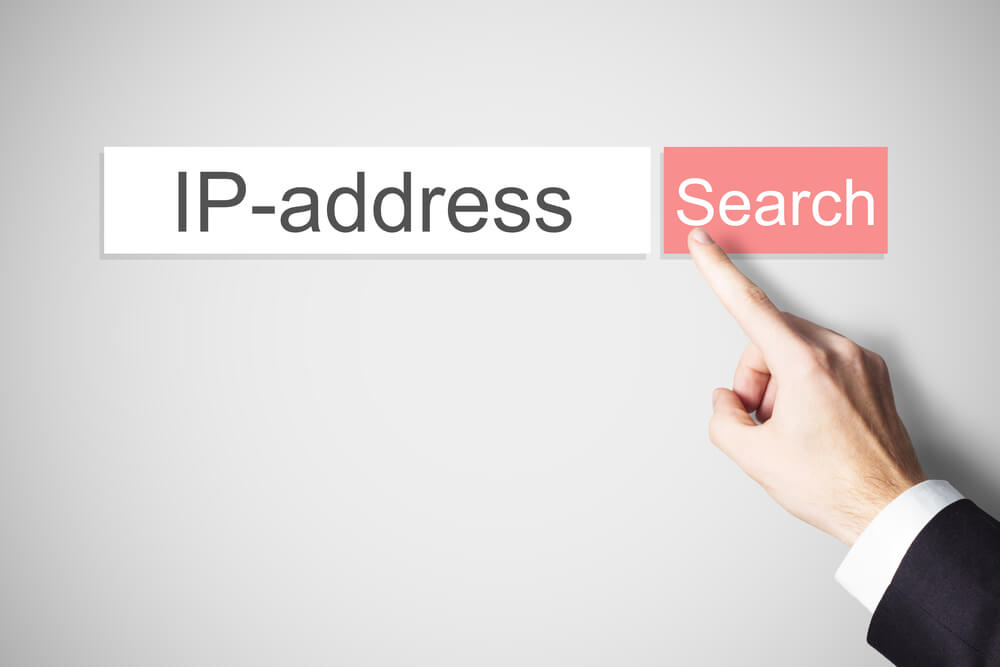The Equifax Settlement Case: Shielding Financial Service Customers from Phishing with Domain Research Monitoring
Data breaches continue to plague organizations today. In the first six months of 2019 alone, 3,813 data breaches were recorded, exposing more than 4.1 billion records. This figure translates to more than a 50% increase in victim volume over the past four years. Worse still, three of these recently recorded data breaches made it to the all-time list of top incidents.
Of all these unfortunate events, we decided to take a closer at Equifax’s case. First, because it has been the financial sector’s biggest breach victim to date. Second, because it shows how cybercriminals insist on exploiting every vulnerability there is. It’s indeed possible that malicious entities are now trying to trick victims into disclosing more personally identifiable information (PII) on fake Equifax settlement websites.












































